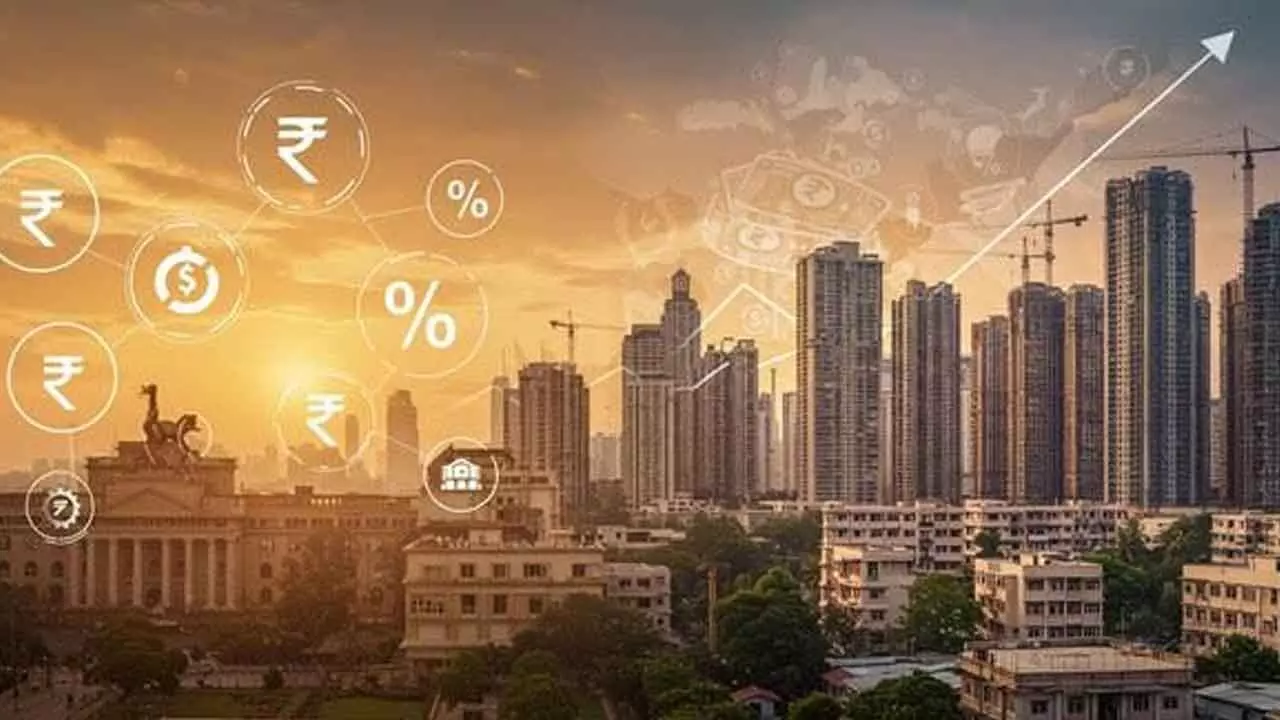What Realty Wants From RBI’s Monetary Policy
What Realty Wants From RBI’s Monetary Policy

Affordable housing is in serious need of direct support, and not only for lower-end homebuyers. Smaller developers, who have become the backbone of affordable housing after larger players gravitated towards the more profitable premium and luxury segments, are grappling with expensive debt and limited access to traditional financing channels
Anuj Puri (Chairman, ANAROCK Group)
As the Reserve Bank of India’s Monetary Policy Committee (MPC) prepares for its June 2025 meeting, the Indian real estate industry stands at a critical juncture. Despite robust long-term fundamentals, the sector faces persistent headwinds: affordability crises, funding constraints, regulatory complexity, and uneven demand across residential, commercial, warehousing, and hospitality segments. Here’s what the industry needs from the MPC — and why.
Pain Points
Residential Real Estate: India faces an acute shortage of affordable housing — urban India alone has a deficit of around 10 million units, with an additional 25 million needed by 2030. While luxury and premium housing have seen growth, sky-high prices and rising mortgage rates have sidelined first-time and middle-income buyers. The first quarter of 2025 saw residential sales in India’s top 7 cities drop by 28% compared to Q1 2024, primarily due to affordability pressures and high borrowing costs.
Affordable housing (units priced
That said, unsold affordable housing inventory fell by 19% across the top 7 cities in the past year - from 1.40 lakh units (Q1 2024-end) to 1.13 lakh units (Q1 2025-end). This 19% dip shows that there is still strong demand from end-users. Affordable housing is in serious need of direct support, and not only for lower-end homebuyers. Smaller developers, who have become the backbone of affordable housing after larger players gravitated towards the more profitable premium and luxury segments, are grappling with expensive debt and limited access to traditional financing channels.
Commercial Real Estate (Offices & Retail): The commercial sector is rebounding, driven by demand for flexible workspaces, e-commerce, and technology-driven offices. However, rising construction costs, regulatory hurdles, and global economic volatility remain significant challenges. Policy reforms and liquidity support are needed to sustain this momentum, especially as businesses expand into tier 2 and 3 cities.
Warehousing: Warehousing is among the brightest stars on the Indian real estate firmament, with the market set to nearly double by 2033 with a CAGR of 8.7%. Yet, supply lags demand by 1.4 times, pushing rents up by 5% in 2024 and construction costs up by 10%. The sector needs easier access to capital for infrastructure expansion and automation, as well as continued policy support for logistics modernization.
Hospitality: The hospitality industry is on track for record-high RevPAR and occupancy rates of 72-74% by FY2026. However, high interest rates and input costs threaten new project launches and upgrades, especially in the branded and mid-market segments.
What MPC Can
Realistically Do
Further Rate Cuts and Transmission: With inflation at a multi-year low (3.16% in April 2025), the RBI has scope to continue its accommodative stance. A further repo rate cut—building on the cumulative 50 basis points already delivered this year—would lower borrowing costs for homebuyers and developers. This is critical for reviving demand in affordable and mid-income housing, where buyers are most sensitive to interest rates. The MPC must also ensure that banks transmit these cuts fully to end borrowers, not just large developers. The RBI has repo rate twice in the past two MPC meetings. However, banks have been slow to transmit them. While a further rate cut would be a positive, what is even more important is that the benefits are passed on to borrowers.
Liquidity Support: Ensuring ample systemic liquidity is vital. Recent RBI measures have turned liquidity deficits into surpluses, but ongoing support is needed to enable timely project completion and new launches, particularly for smaller players and in capital-intensive segments like warehousing and hospitality.
The industry’s wish list from the monetary policy is invariably longer – however, it is important to remember that it is not a panacea for all fiscal ills and has its limitations. The Indian real estate industry’s immediate needs from the upcoming monetary policy - deeper rate cuts, effective transmission, and sustained liquidity support – are well within its purview. With inflation well-anchored and growth prospects steady, the RBI has the room to act decisively on these, thereby helping to unlock more of the sector’s potential.

